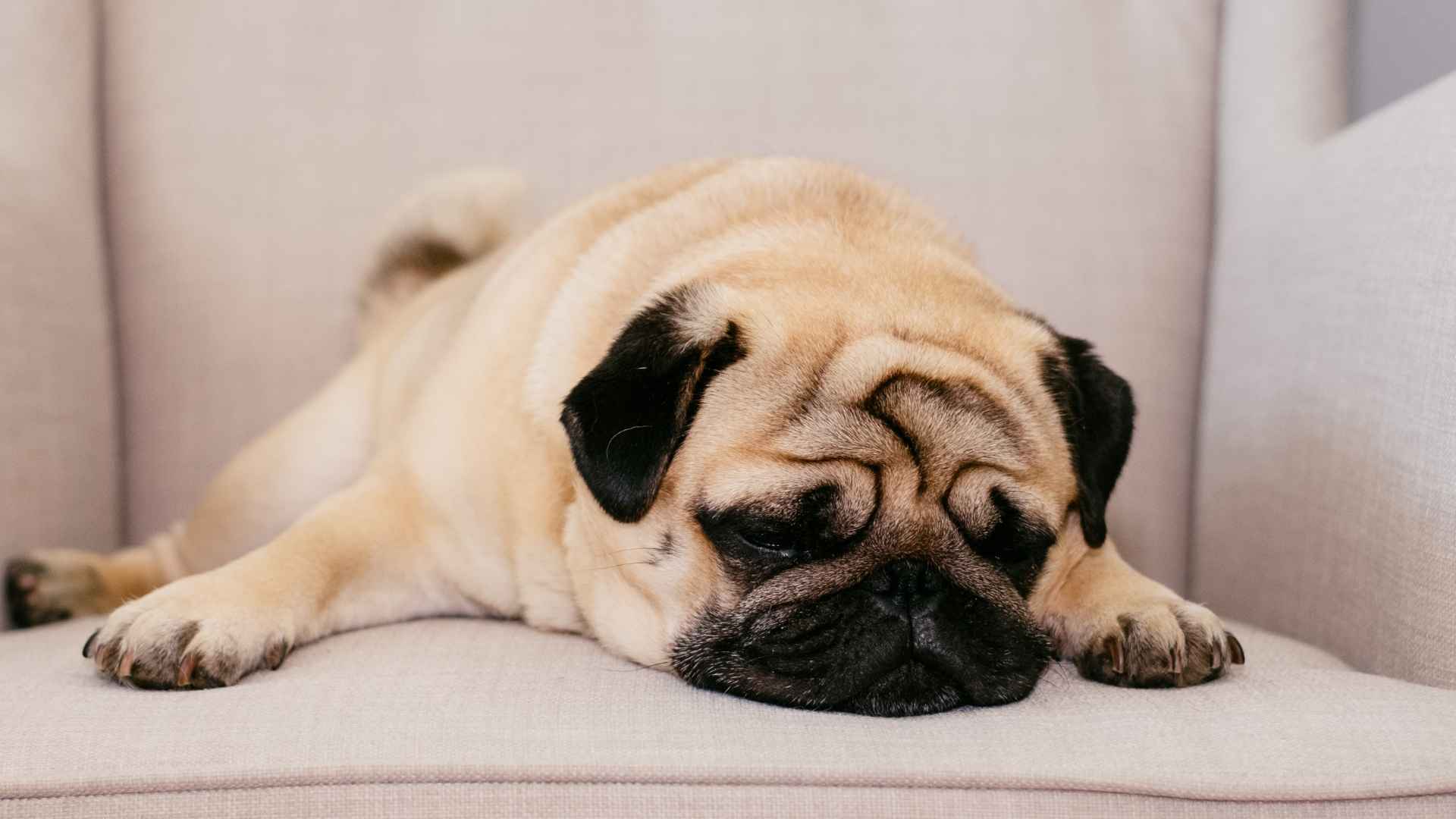Life is busy enough—why add a hyperactive dog into the mix? For families looking for a companion that doesn’t demand constant exercise or intense play, there are plenty of dog breeds that thrive with minimal physical activity.
These dogs are perfectly content with short strolls, lazy afternoons, and cozy family moments. Remember, even if you choose a low-maintenance breed, it’s important to acknowledge that every dog requires minimal exercise. Every dog needs time, care, and attention to thrive. If your family lifestyle is more about relaxation than rigorous outdoor adventures, the perfect low-maintenance dog might be just what you need.
We’ll explore the top low-energy family dog breeds that are perfect for households that prefer calm over chaos. From big snuggle bugs to small snoozers, these pups prove that being laid-back is a personality trait worth celebrating.
Whether you’re a first-time dog owner, a busy pet parent, or someone simply seeking a loving companion without a workout schedule, there’s a perfect match for you. Let’s meet them!
Low Exercise Family Dog Breeds
1. Cavalier King Charles Spaniel
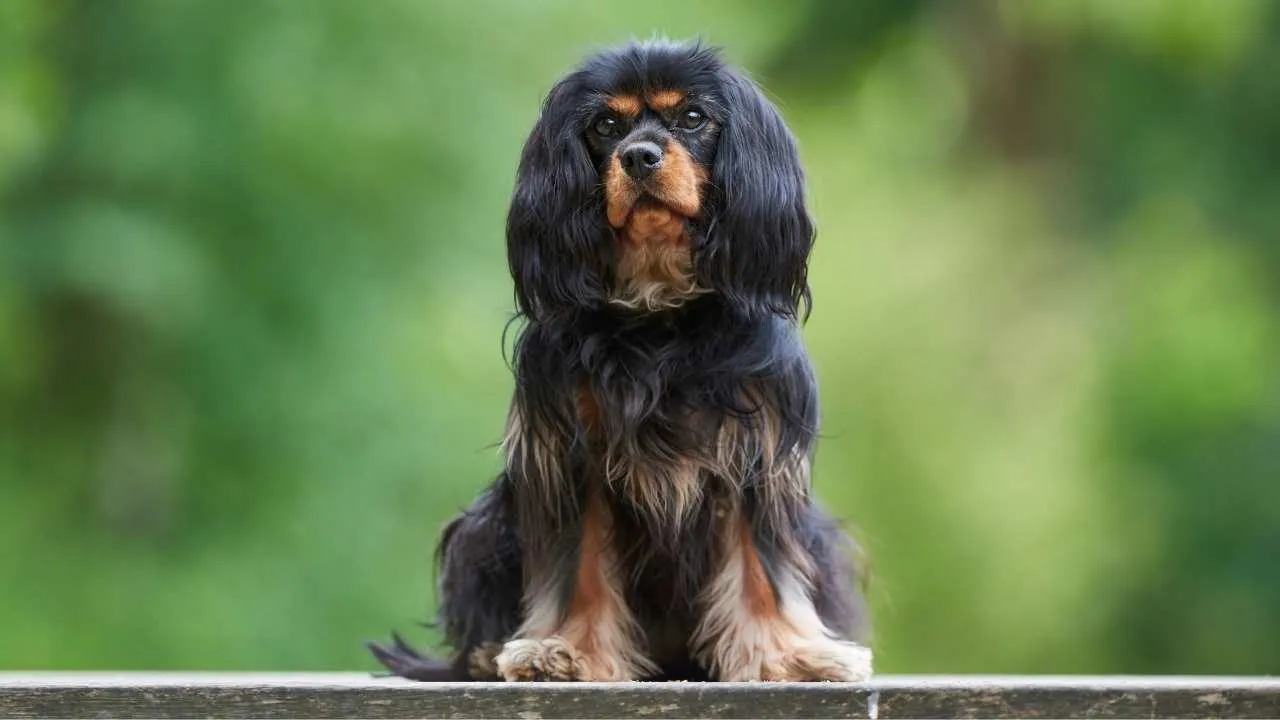
Cavalier King Charles Spaniels were named after British royalty in the 17th century, as King Charles I and his son Charles II were great admirers of the breed, often taking their dogs everywhere.
Originally bred to warm laps in cold castles and during carriage rides, they are now ranked as the most popular dog breed. With long, silky ears, soulful eyes, and a heart full of devotion, this breed is a living, breathing teddy bear with a British accent.
These gentle souls aren’t built for intense activity. A short walk and a game of fetch (maybe… if they feel like it) are all it takes to keep them happy. What they do excel at is being glued to your side while you binge-watch your favorite shows or scroll endlessly through Instagram.
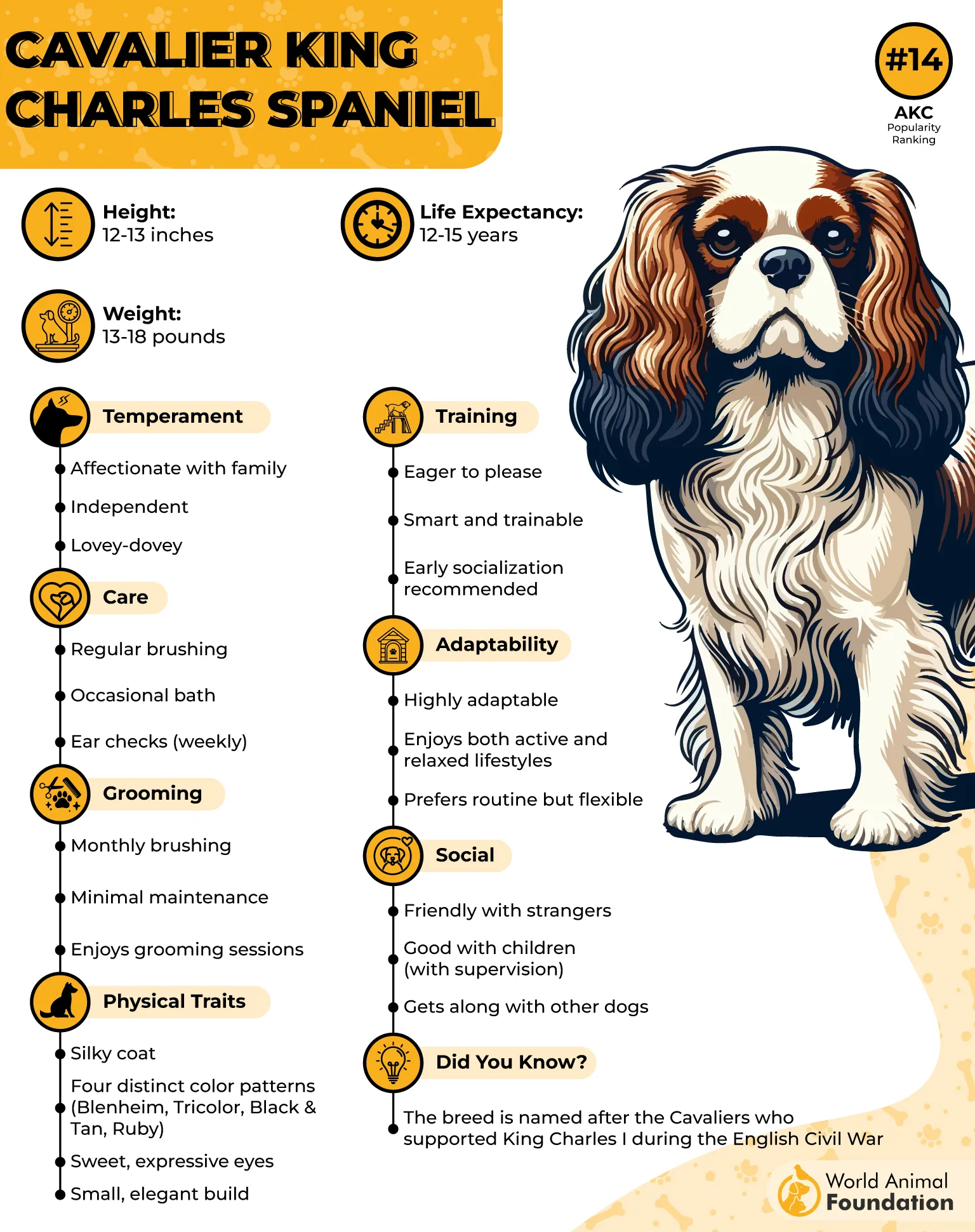
Dogtime states that their adaptability is a major strength, as they thrive in both houses and apartments, provided they receive plenty of love and attention, making them a great fit for various living situations and lifestyles.
Cavalier King Charles Spaniels develop deep attachments to their owners and don’t do well when left alone for long stretches. They’re wonderful with children, seniors, and even that moody cat you’ve had forever. Social and sweet-natured, these gentle dogs are affectionate, calm, and expert-level nappers in disguise.
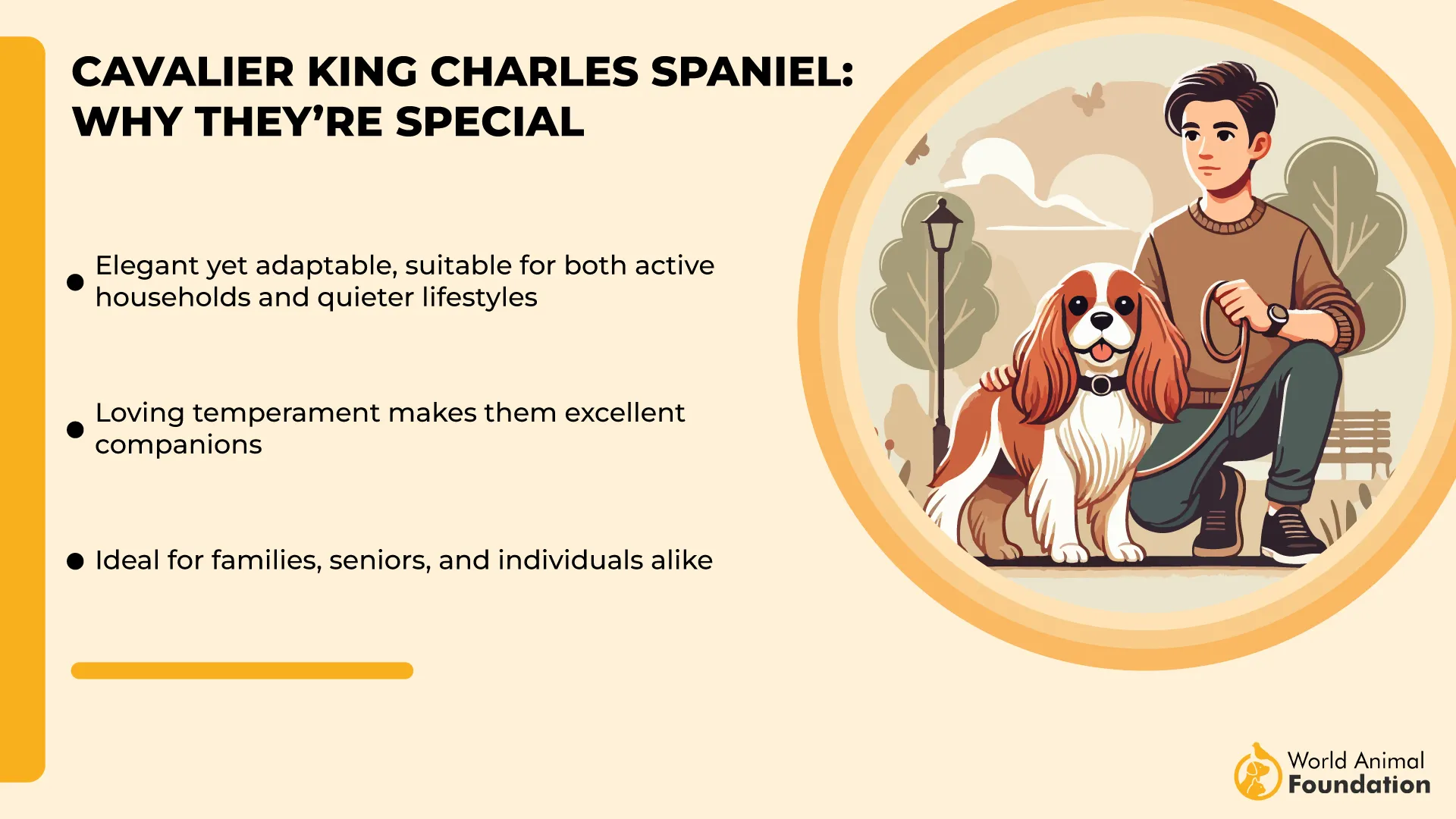
Warning: they might try to convince you to cancel plans and stay in for extra cuddles—and honestly, you’ll be glad you listened.
2. Pug
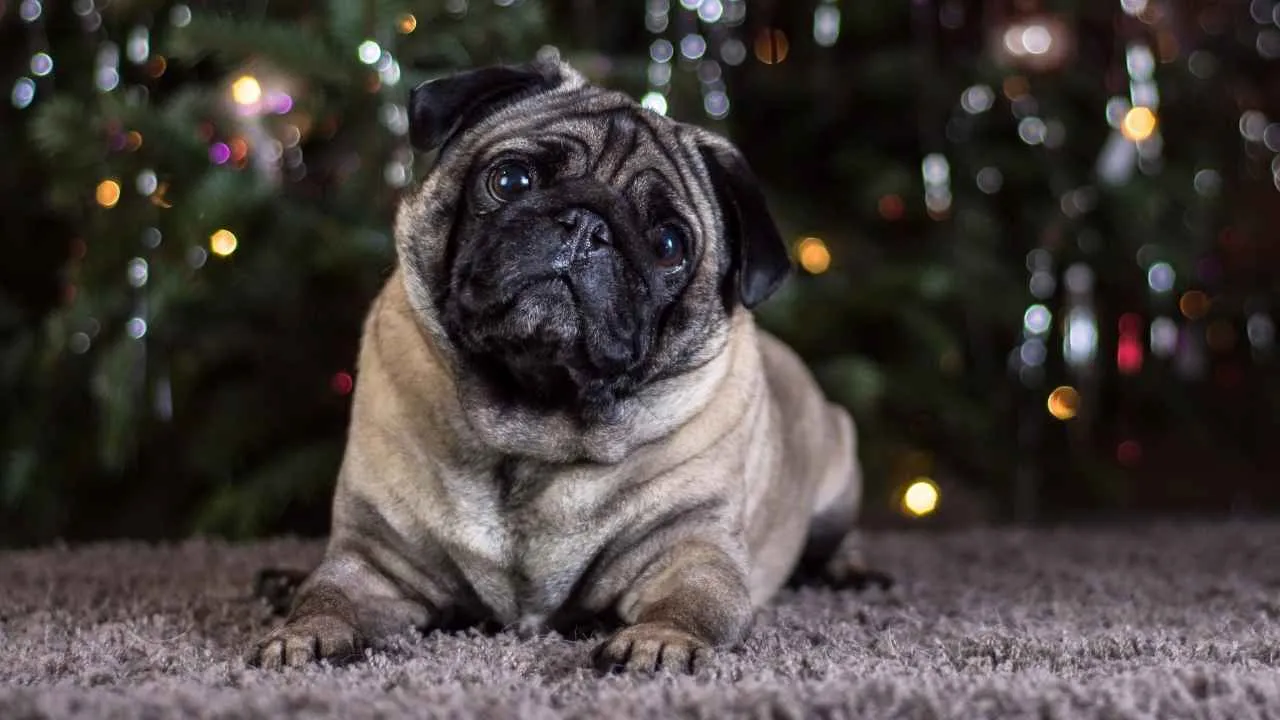
The Pug is an ancient Chinese breed dating back over 2,000 years and has long been favored by royalty worldwide. Standing 10–13 inches tall and weighing 14–18 pounds, Pugs are known for their short fawn or black coats, flat wrinkled faces, curly tails, and distinctive snort-like breathing. Pugs are tiny clowns with big hearts and zero sense of personal space.
These toy breeds were bred for lounging in palaces, not leaping through agility hoops. A couple of short strolls and some hallway zoomies will meet their moderate exercise needs. The rest of the day? They’re perfectly content squished beside you on the couch, snoring like a miniature chainsaw. Without mental stimulation, they may become bored and develop unwanted behaviors.
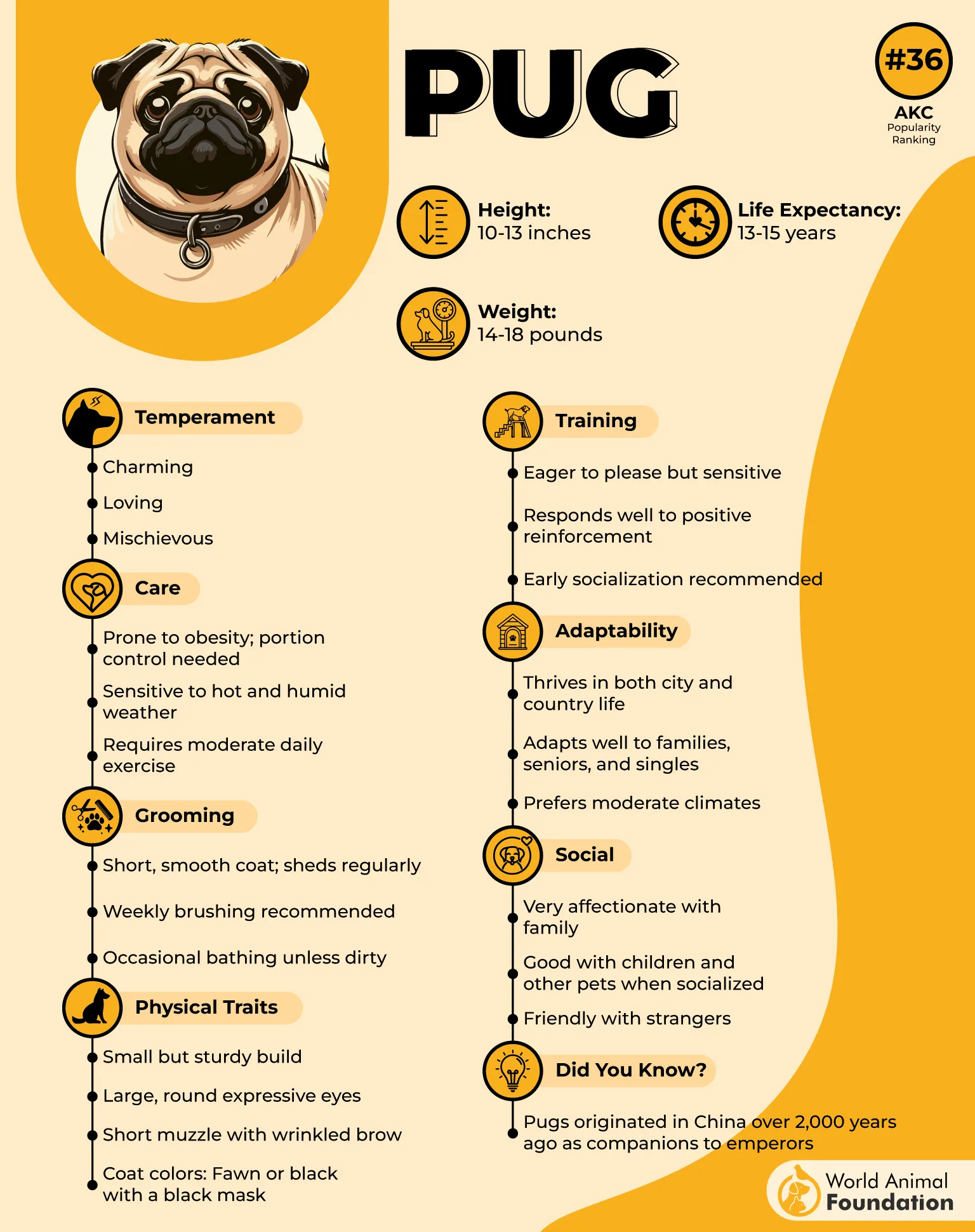
Pugs are sensitive to heat and strenuous activity, making them better suited to indoor living with limited, controlled outdoor time.
Pugs are excellent with kids and always down for a cuddle pile. These smaller dogs thrive on affection and attention—basically, they believe the sun rises and sets for them. (Spoiler: they’re not wrong.) And while they may not run marathons, they’ll steal your heart and maybe your snacks if you’re not watching closely.
Pugs typically live 13–15 years, but their flat-faced (brachycephalic) structure makes them prone to various health problems. Despite their short coat, Pugs shed heavily. Consistent grooming helps control shedding and keeps them healthy and comfortable.
3. French Bulldog
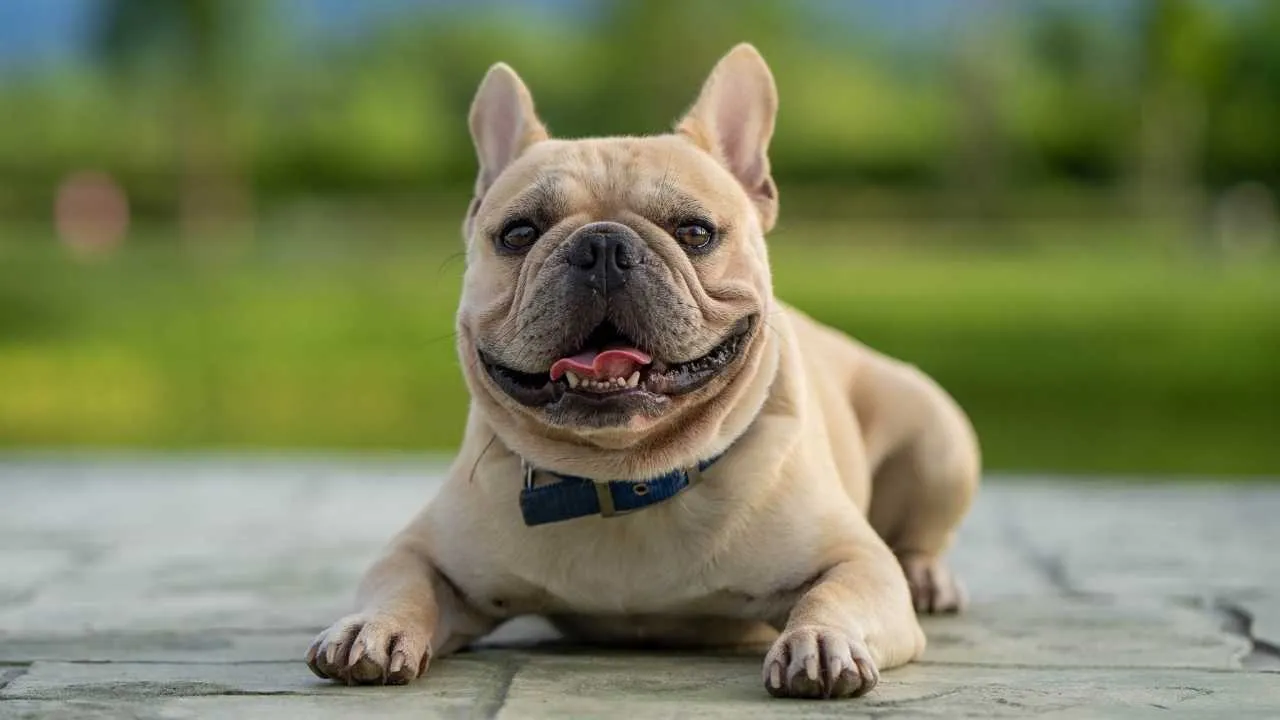
Ah, the French Bulldog—part-time philosopher, full-time snuggle specialist. With their bat-like ears, smooshy face, and permanently unimpressed expression, Frenchies look like they’ve just overheard your deepest secrets… and are judging you gently.
Despite their stoic appearance, Frenchies are hilarious goofballs who’ll keep your family giggling with their snorts, snores, and random spurts of zoomies that last about 47 seconds. They’re excellent with kids, love being the center of attention, and honestly think they’re just short, fuzzy humans.
French Bulldogs are the ultimate apartment living dogs. They don’t need wide-open fields or hours of fetch. French Bulldogs do best with short walks of about 15 minutes, as they’re not built for long outings or extreme temperatures.
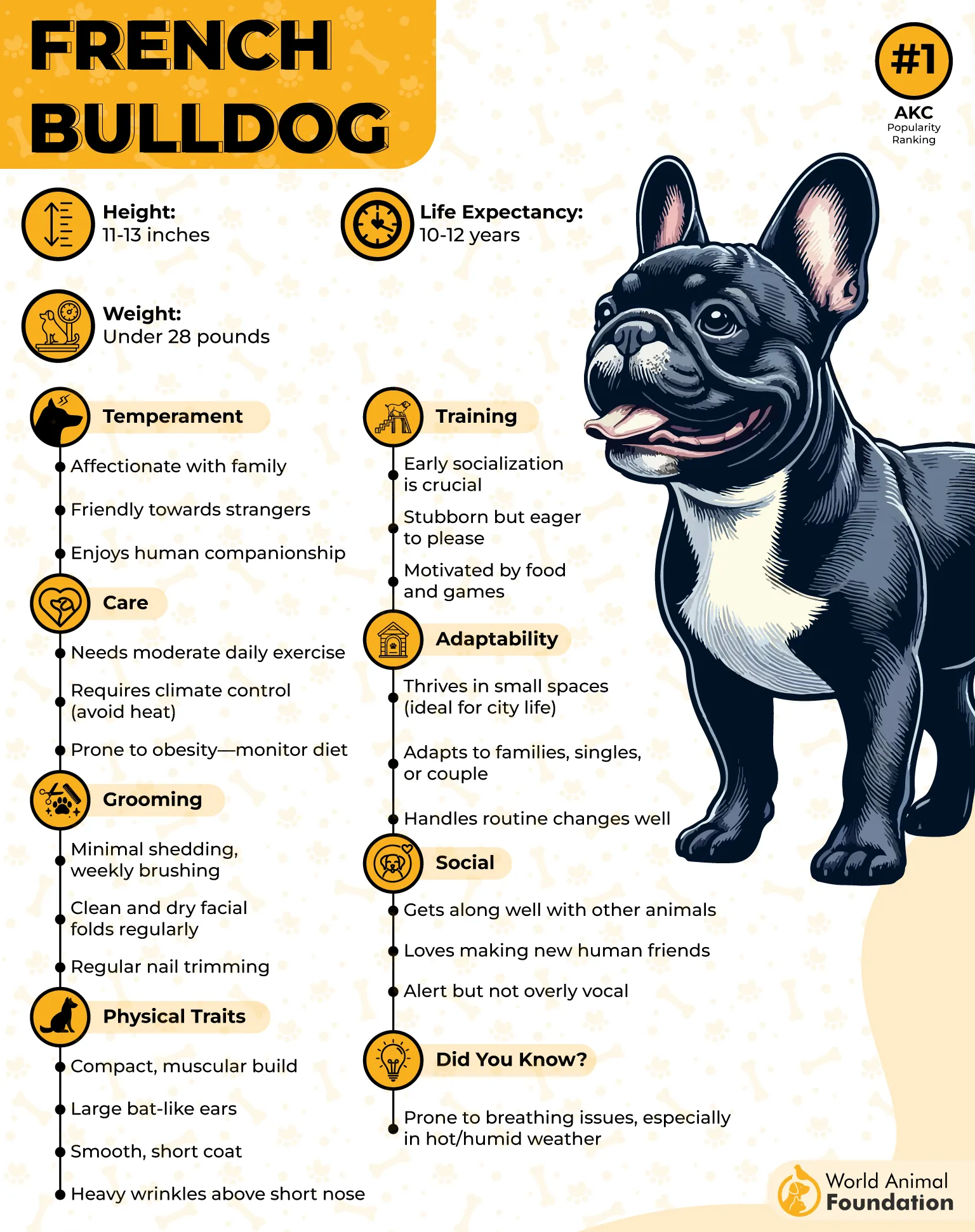
Limiting their time outdoors in hot or cold weather helps protect their health. Their favorite activity? Chillin’. On the sofa. With you. Forever. French Bulldogs respond best to positive reinforcement and enjoy playful, game-based training sessions that keep them engaged and motivated.
Fair warning: They’ll give you the stink-eye if you try to leave for work without them.
4. Basset Hound
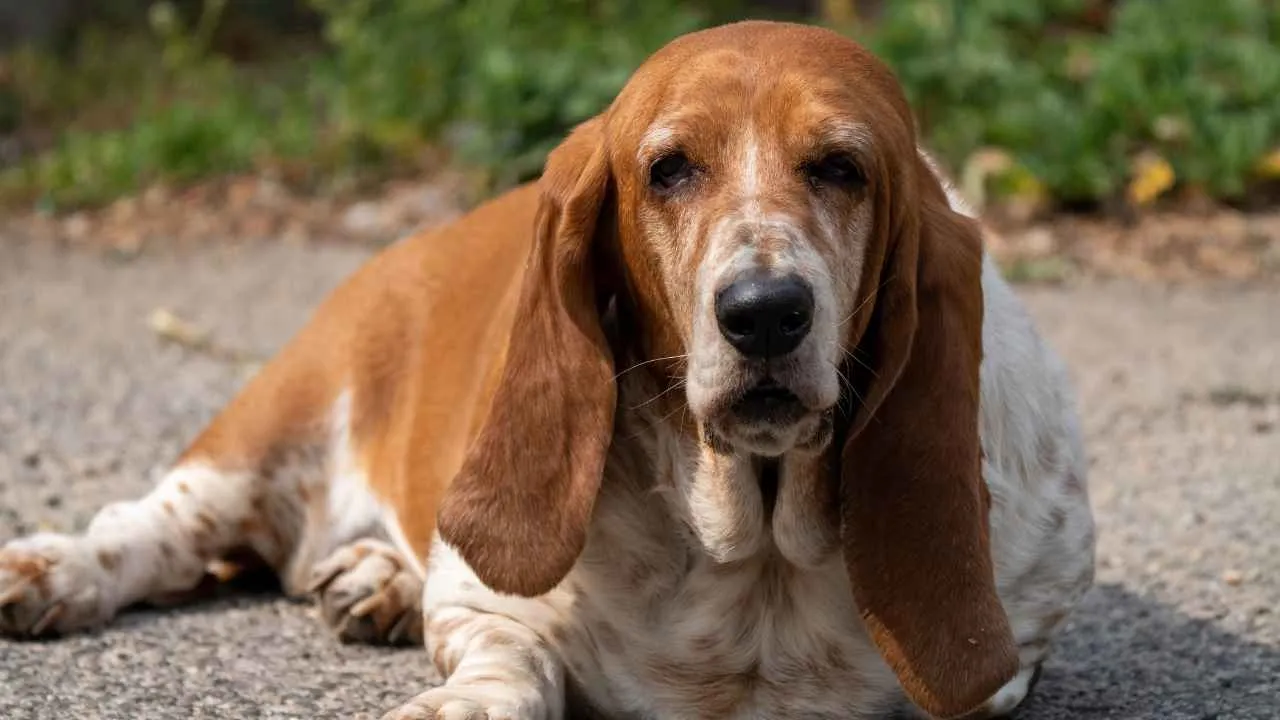
Imagine an adaptable dog with the nose of a detective and the body of a loaf of bread. That’s the Basset Hound—low to the ground, long on charm, and always ready for a nap.
Bassets were originally bred for hunting, but these days, they’d much rather hunt for the best sunbeam in your living room. They enjoy a slow, deliberate stroll (picture someone walking in molasses) and then collapsing dramatically in a puddle of ears and belly.
Their signature sad eyes and droopy jowls give them the appearance of an old soul, and their low-key personality makes them perfect for chill families. Got kids? Great. Bassets are as patient as a saint—just don’t expect them to fetch anything unless it’s snacks.
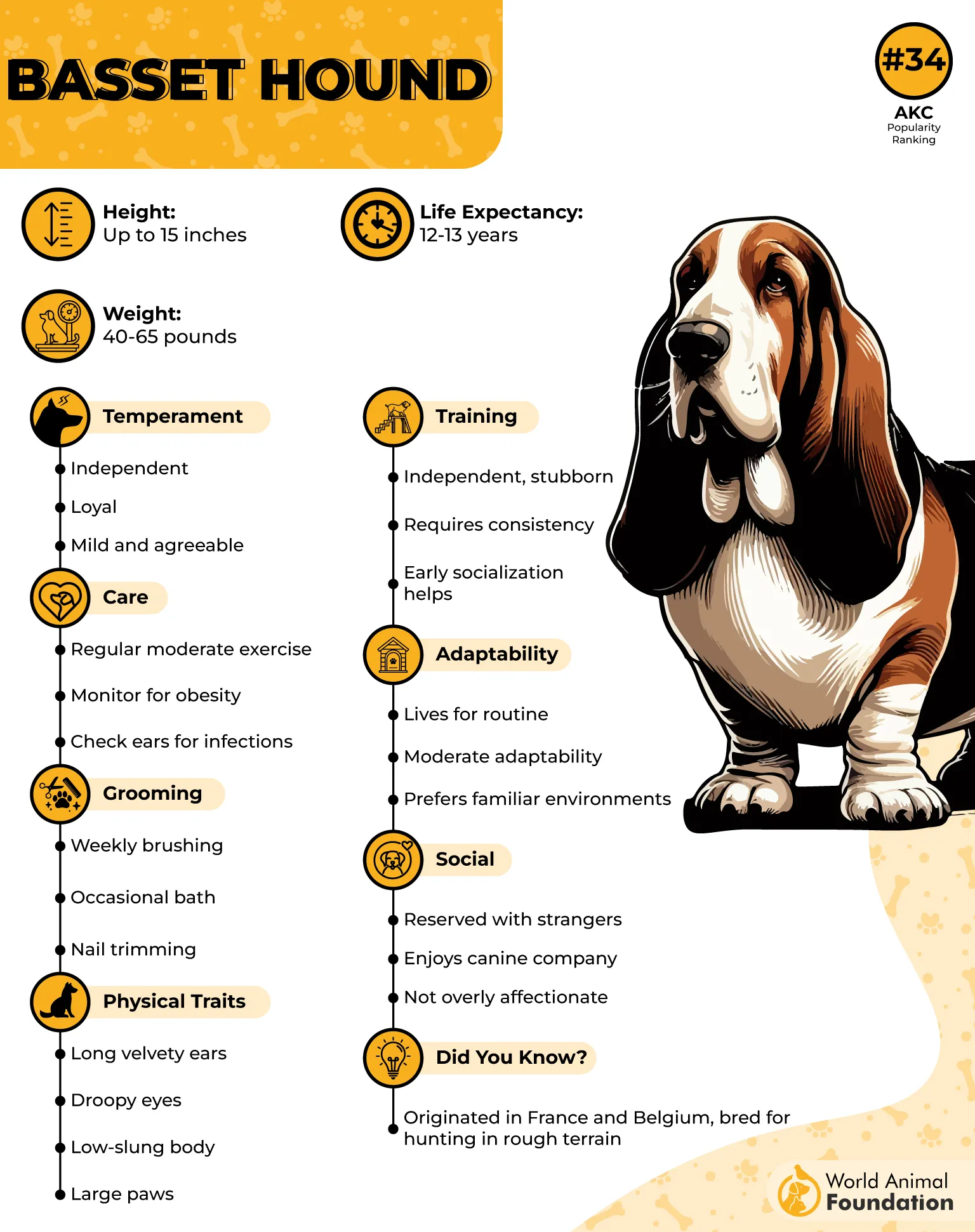
According to the American Kennel Club (AKC), Basset Hounds are gentle and easygoing at home but become stubborn and vocal when following a scent, often barking with a loud, ringing voice.
While it makes a decent watchdog, it’s not suitable for protection. Its calm demeanor makes it an excellent companion dog for indoor owners, though it still enjoys spending time outdoors.
Basset Hounds are not strong jumpers and may need assistance getting into vehicles. While they excel in field trials, obedience trials, and scent work, they are poor swimmers. They do shed but have minimal shedding and drool a bit, but that’s just part of their charm.
Think of them as the dog version of your favorite uncle: calm, sweet, slightly slobbery, and always down for a nap after lunch.
5. Bulldog
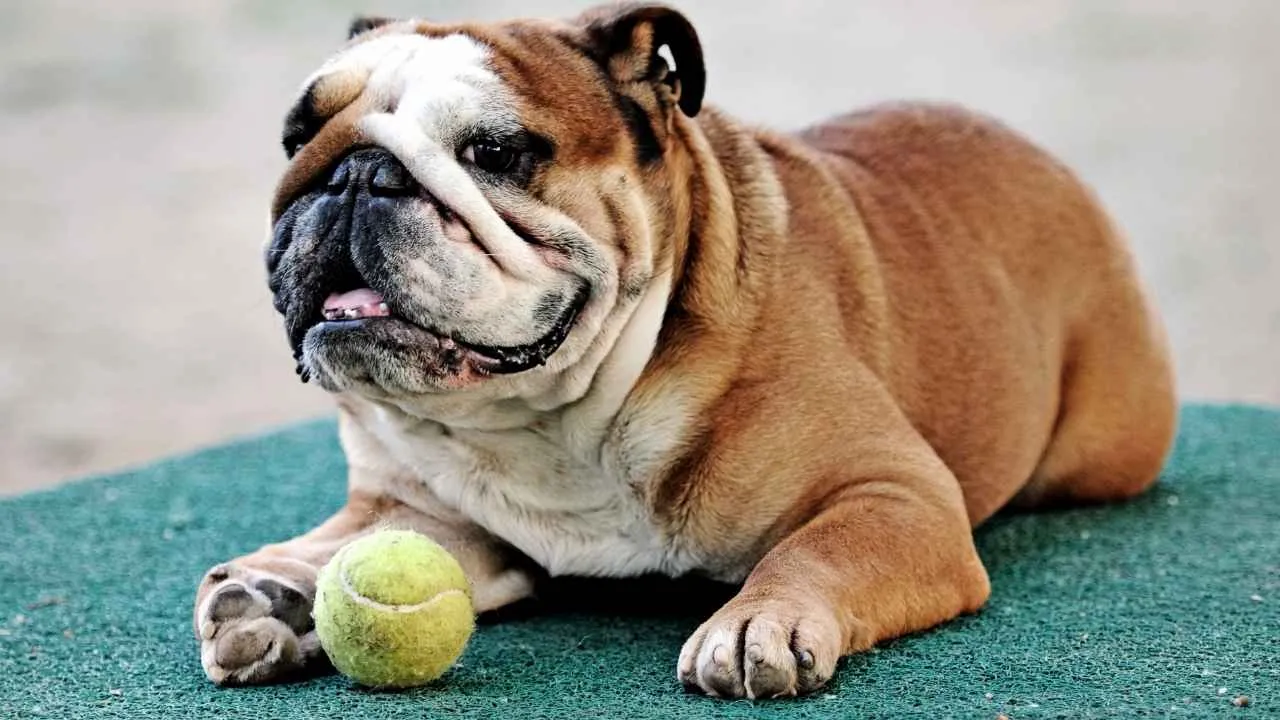
Bulldogs look like they lost a boxing match, but won your heart. With their wrinkly face, stocky build, and adorable underbite, they’ve got a tough exterior and the soul of a snuggly marshmallow.
The English Bulldog, weighing 40–50 pounds, is known for its friendly temperament and makes a great family dog. With an average lifespan of 8–10 years, which is shorter than most medium-sized breeds, Bulldogs are prone to various health issues due to their unique physical traits.
Exercise? Eh. A casual waddle around the block is plenty. These devoted companions are the embodiment of the phrase “short burst of energy, followed by extended nap.” Their idea of cardio is rolling over (slowly) to get belly rubs.
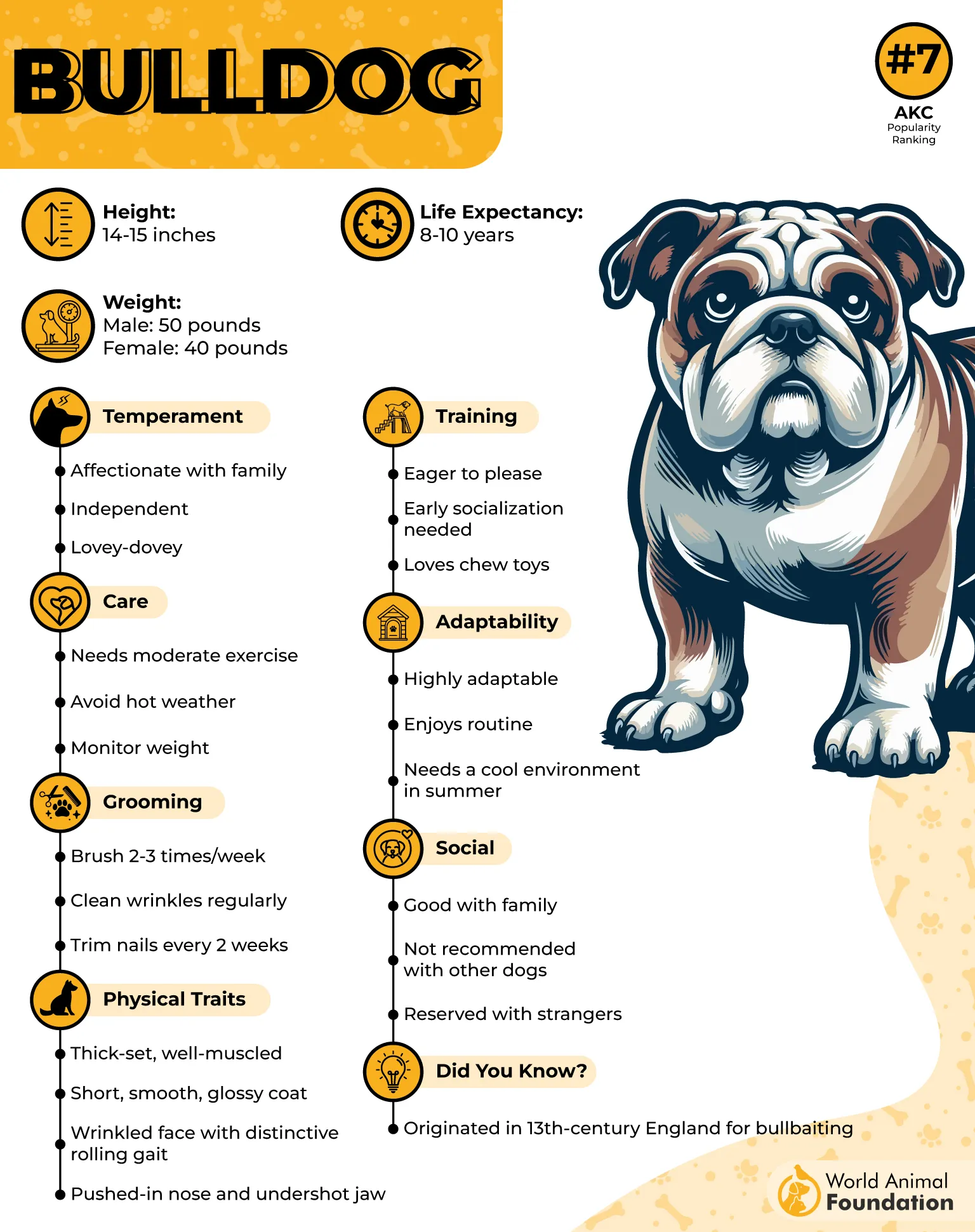
But don’t be fooled by their sluggish style—Bulldogs are fiercely loyal, great with kids, and incredibly affectionate. They snore like a freight train and drool like they’re paid to do it, but their big, goofy hearts more than make up for it. They’re like a potato with emotions—and you’re gonna love every inch of them.
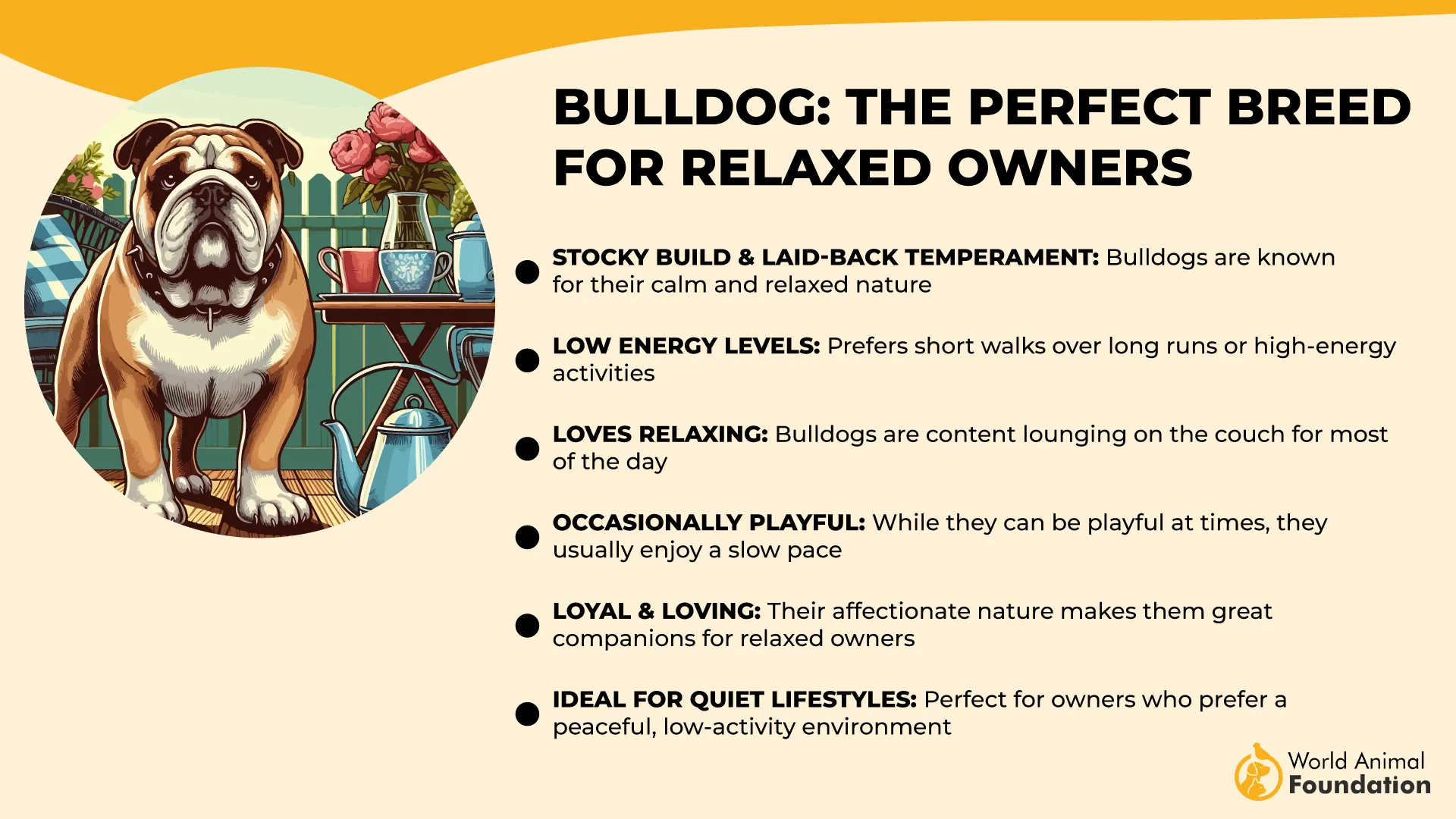
The English Bulldog is generally docile but can be curious in new situations and reserved around strangers. However, they are affectionate and loyal to those they know and love.
6. Havanese
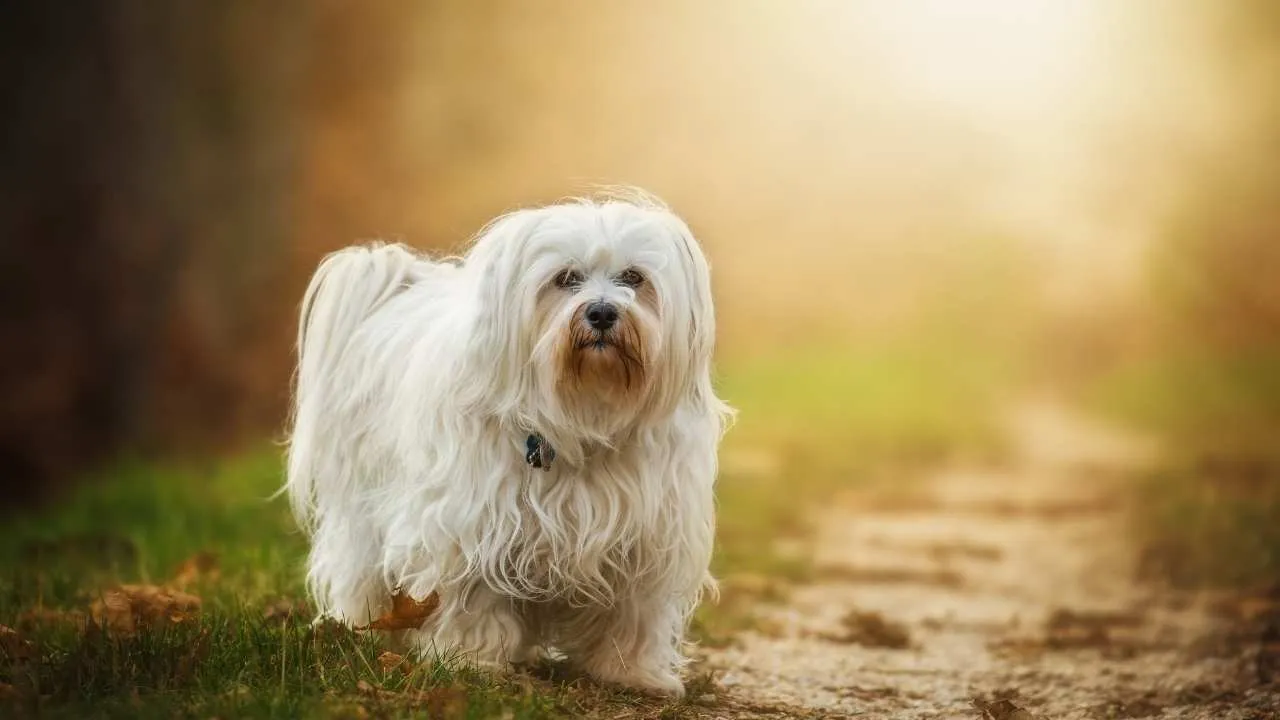
The Havanese, once called the Havana Silk Dog or Spanish Silk Poodle, is the smallest breed native to Cuba. The Havanese is a fluffy little burst of sunshine wrapped in hypoallergenic fur. Known as the “Velcro dog,” they’re stuck to your side like you’ve got peanut butter in your pocket.
Havanese dogs are loving and full of personality. They are highly affectionate and typically well-behaved around children and other dogs. Havanese dogs make good watchdogs but may bark excessively if not properly trained.
While a bit perkier than some of the other low-exercise dogs, they still don’t require intense physical activity. A light walk and some indoor play is enough to keep this little fluffball content—and in between, they’ll happily nap on your lap, your pillow, or your laptop (right as you’re trying to work, naturally).
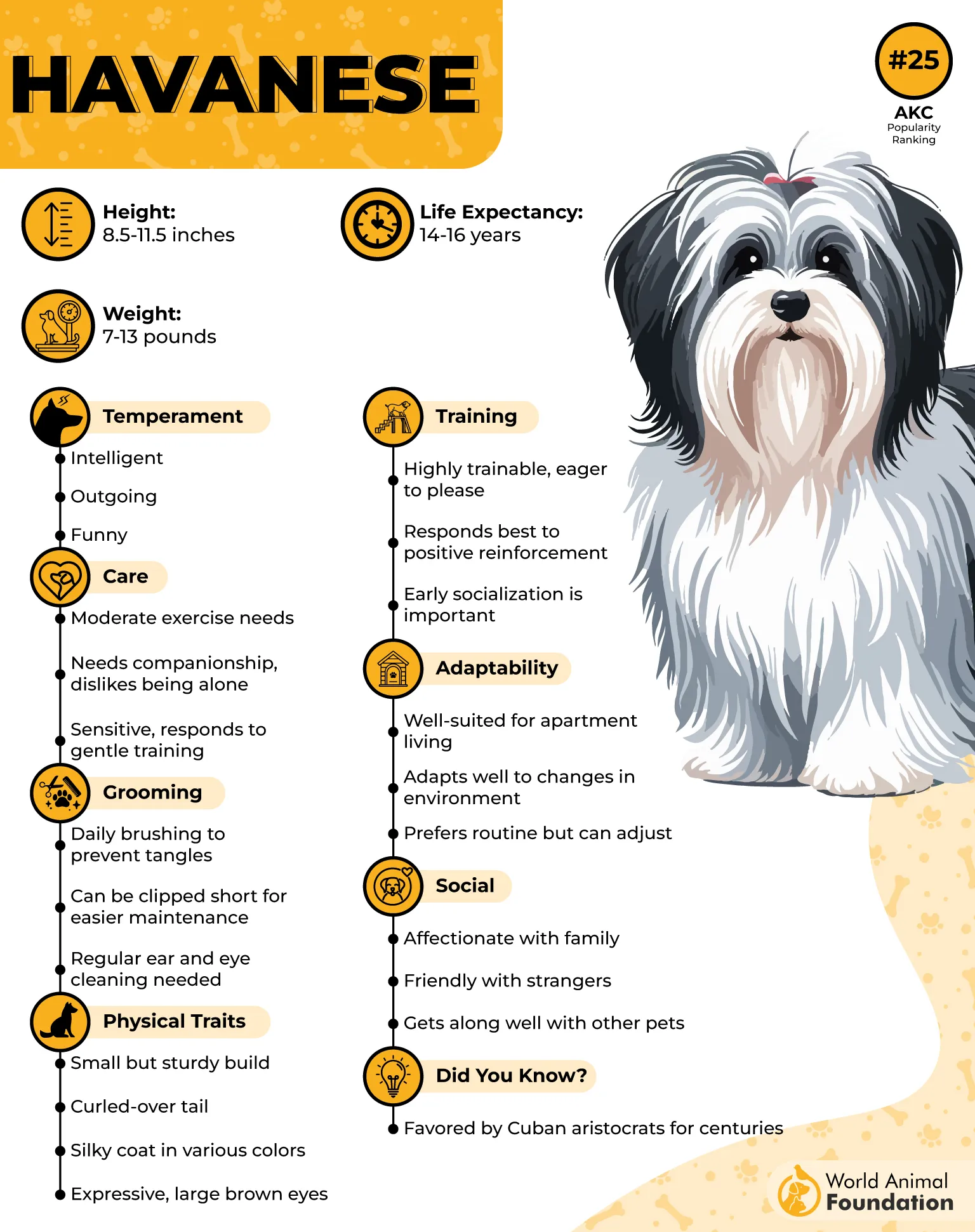
According to PetMD, these easygoing companion dogs form strong bonds with their owners and dislike being left alone. They may develop separation anxiety and struggle with being left in a crate for extended periods.
Havanese dogs are highly intelligent and relatively easy to train. They respond best to training games and positive reinforcement methods, making learning fun and effective for them.
They’re smart, silly, and surprisingly sassy. Don’t be surprised if your Havanese “talks back” with grumbles and head tilts. Bonus? They are low shedding, so your black pants are safe.
7. Newfoundland
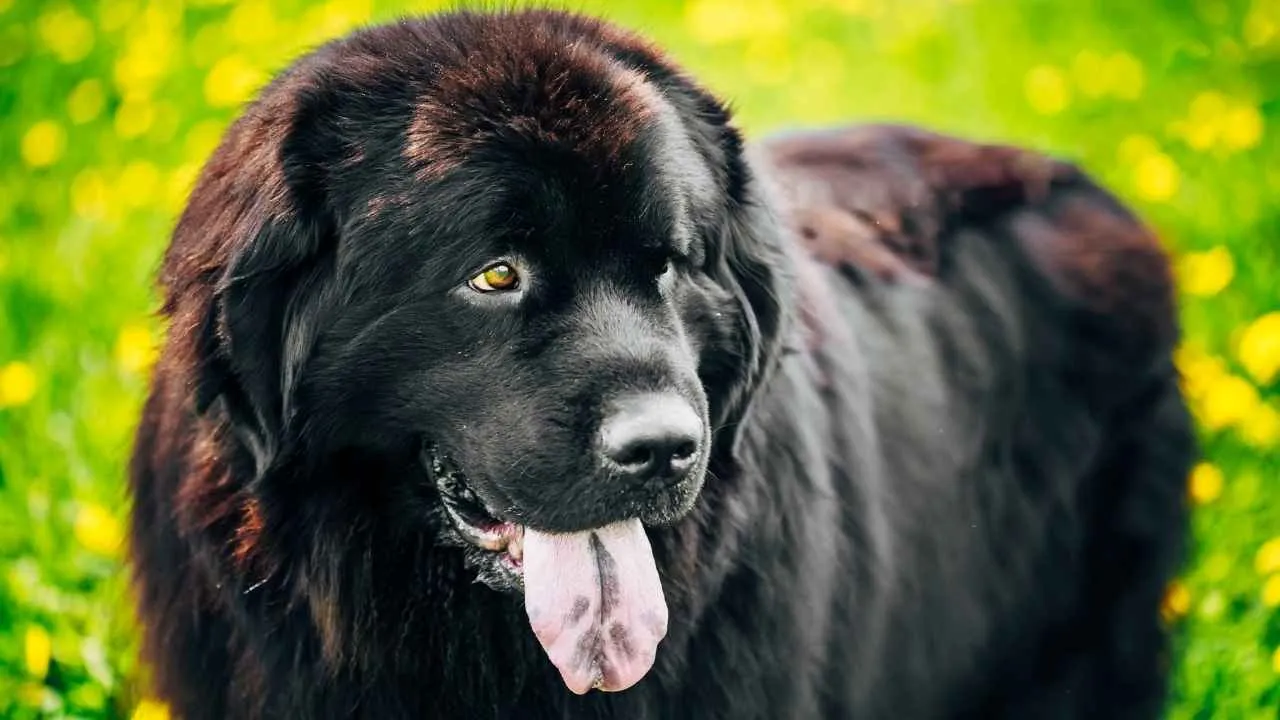
Yes, they’re enormous. Yes, they look like a bear who gave up the wild for cuddles. But the Newfoundland is a super-chill, ultra-gentle, low energy level sweetheart that redefines the phrase “gentle giant.”
Affectionately called Newfies, they are built like tanks but move like sleepy clouds. A stroll is enough, and they’re more likely to lie across your feet like a 150-pound heated blanket than zoom around the yard.
Perfect for families with kids—they’re incredibly patient, protective, and sweet-natured. It’s like having your living teddy bear… who drools a little.
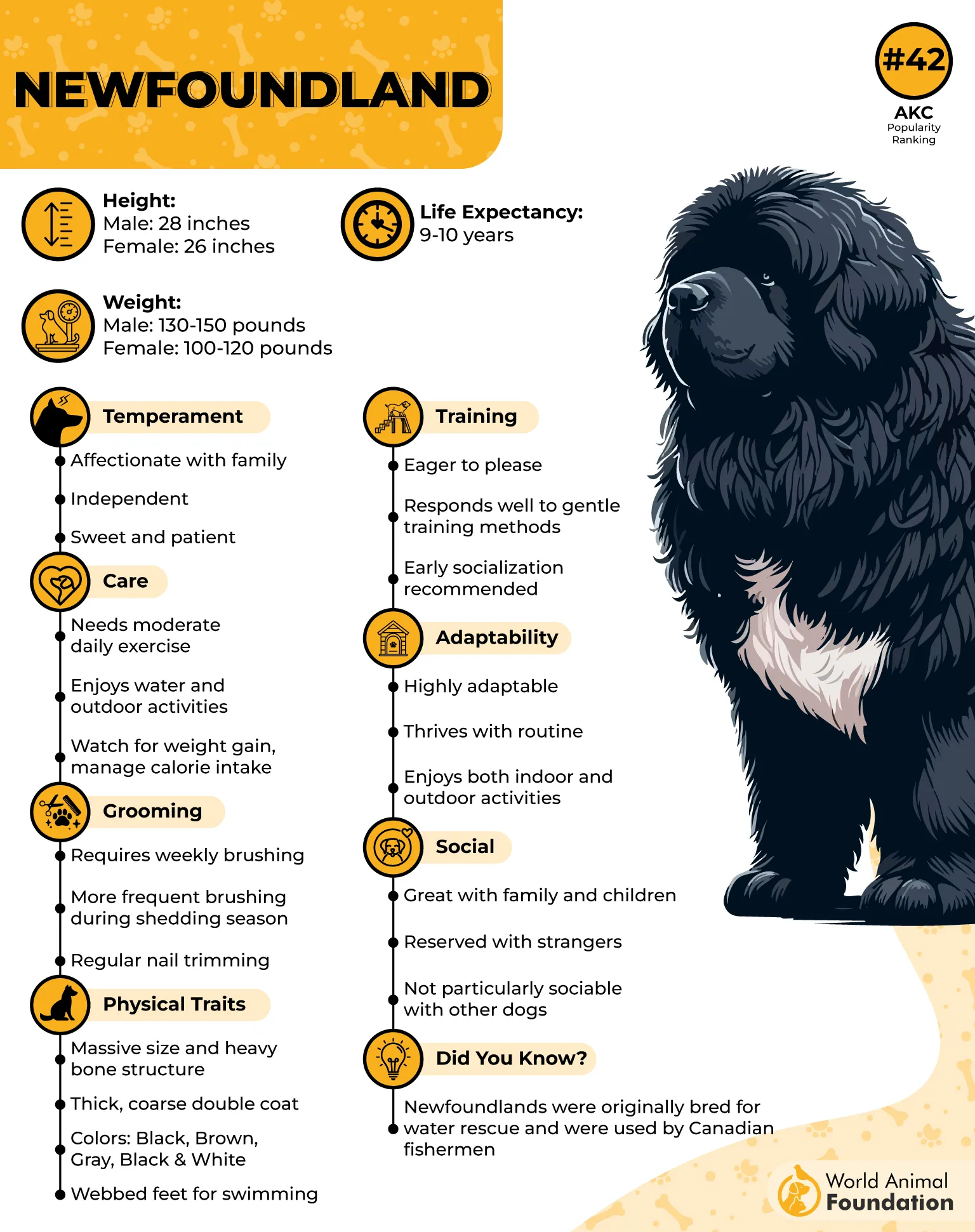
As per WebMD, Newfoundland dogs have a thick double coat that requires weekly brushing, with extra attention given to the tail and ears. Regular grooming and bathing are essential, as they can develop an unpleasant odor if not properly cared for.
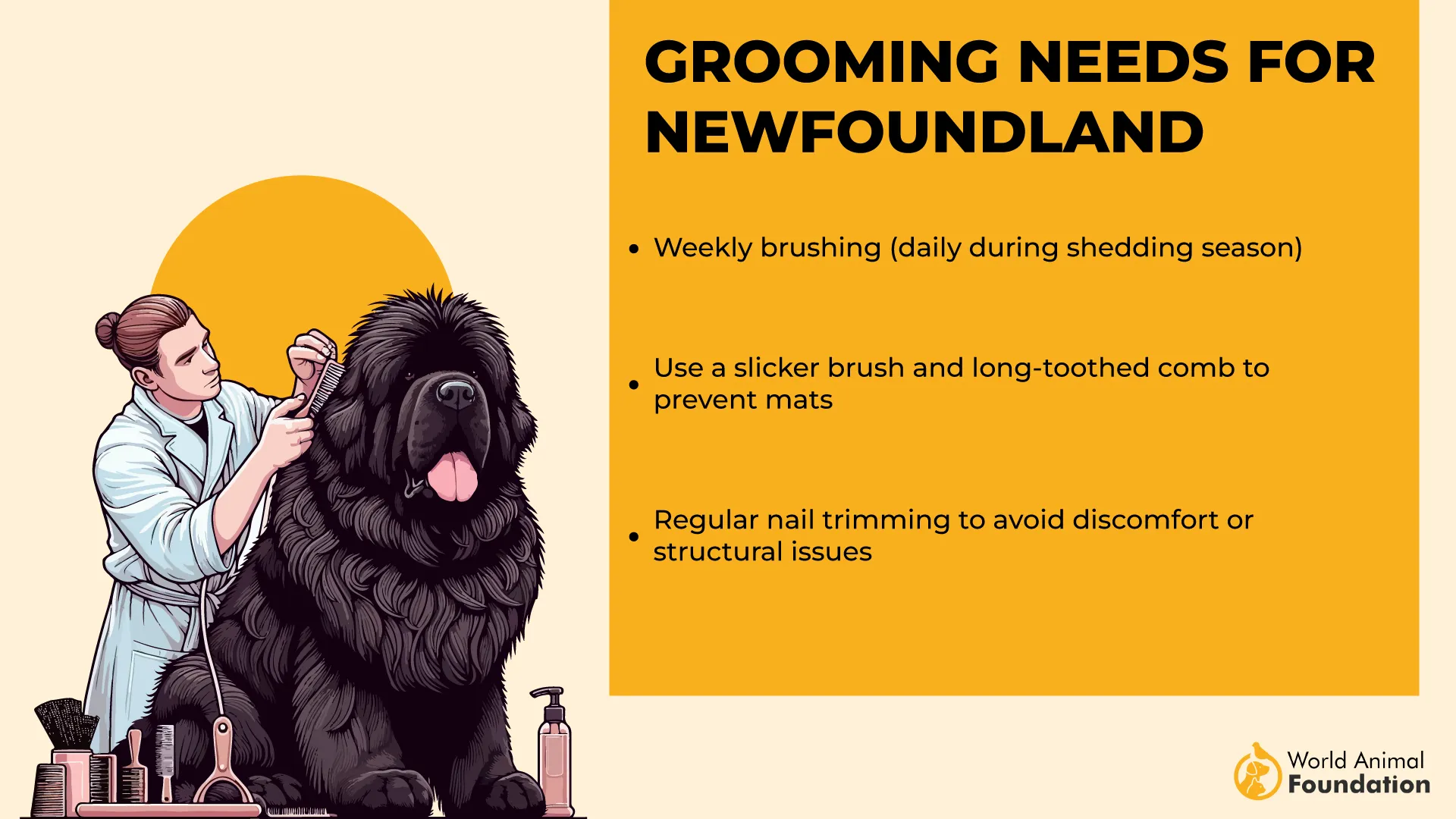
These large dogs require regular exercise and mental stimulation, but once they’ve expended their energy, they’re content to relax and cuddle for the evening.
Newfoundland dogs are generally friendly and open, but will alert you when a stranger is nearby. They may bark at newcomers, but once they see you accept the person, they typically warm up to them quickly.
Just make sure you have the space. And maybe a towel. Or five.
Conclusion
For families seeking a furry companion that doesn’t require vigorous exercise or endless playtime, low-energy dog breeds offer the perfect match. Other dog breeds like the Shih Tzu, Boston Terrier, Chinese Crested dogs, Italian Greyhound, Neapolitan Mastiff, and Long-Haired Chihuahuas tend to thrive on moderate walks, light exercise, or simply playing fetch indoors. These little dogs are often ideal for city living and make great companions for city dwellers, dog lovers, and pet parents with an active lifestyle who still appreciate their pet’s independent streak and occasional alone time.
While daily walks and regular exercise support the mental well-being of all dogs, these breeds can comfortably enjoy couch potato moments, especially in warm or hot weather climates. Their minimal grooming needs—or in some cases just occasional brushing—make them easy to care for, though breeds like the Chinese Crested may require a bit more regular brushing and moderate exercise.
Despite being low-energy dogs, many are totally devoted, even-tempered, and get along well with other pets and large breeds alike. Whether you’re navigating a busy city or prefer a quieter lifestyle, low-exercise dog breeds provide love and companionship without the demand for much exercise or long walks. With their long legs, gentle demeanor, and ability to adapt, these low-energy dogs are perfect for families looking to balance pet ownership with a more relaxed pace of life.


